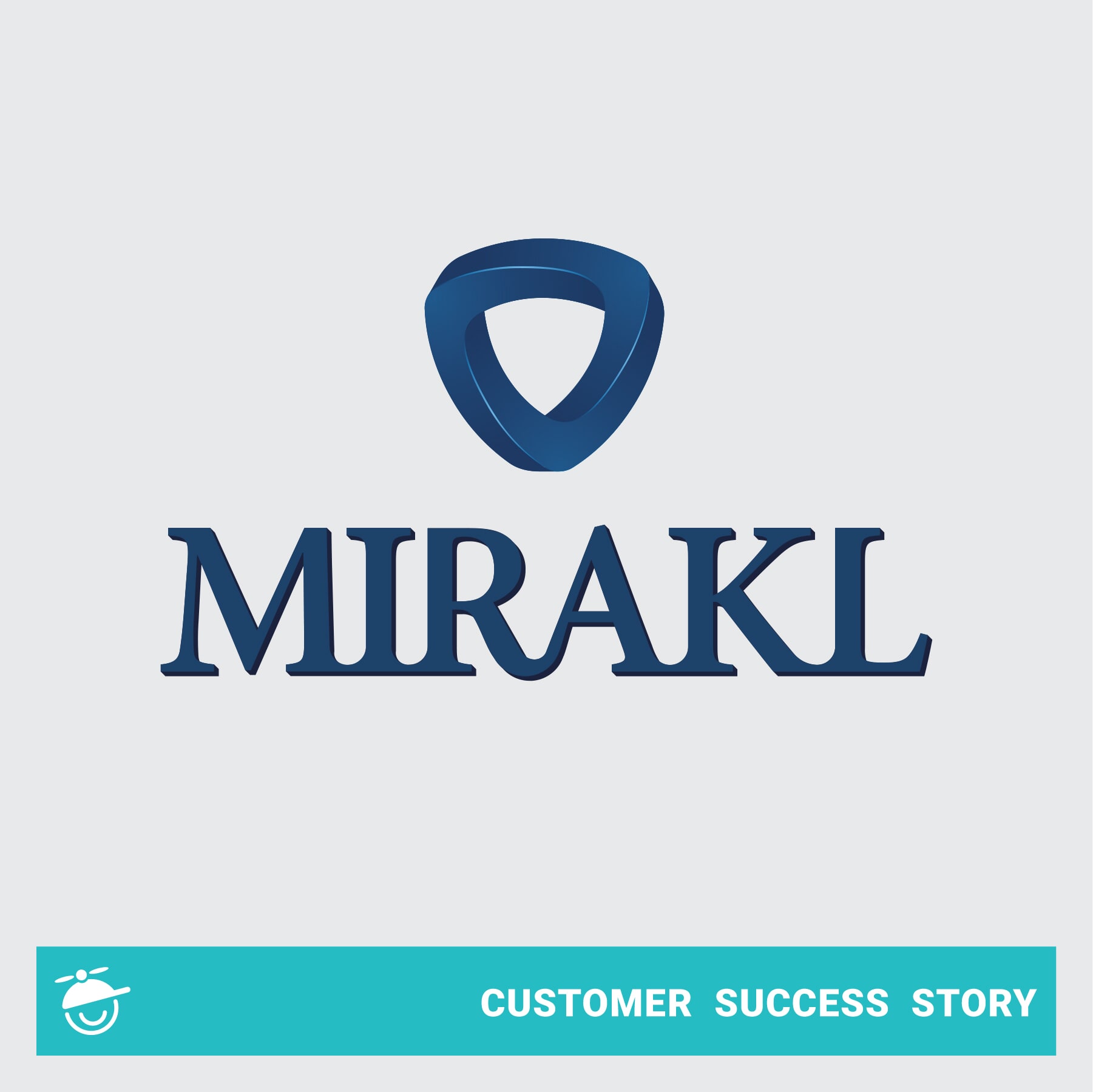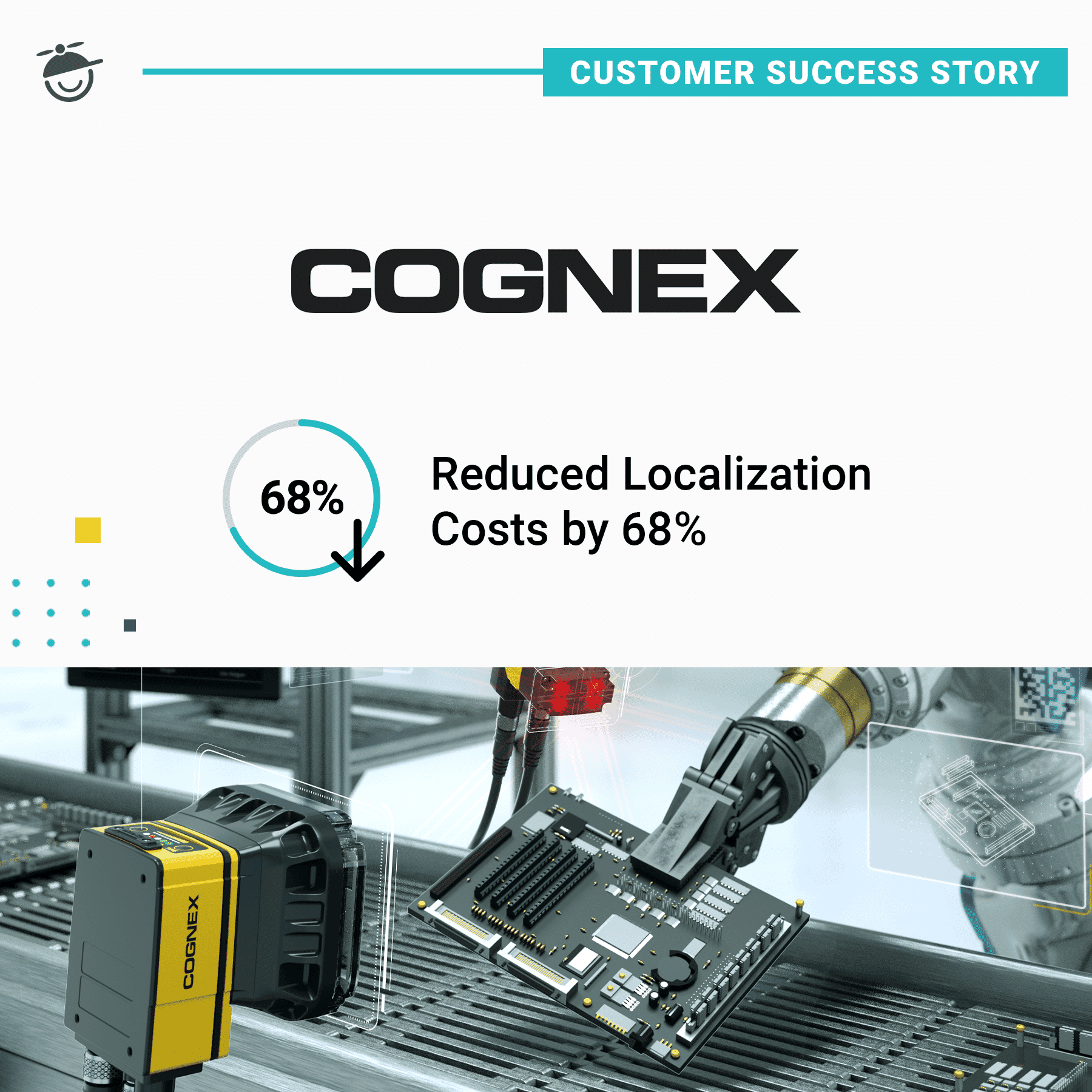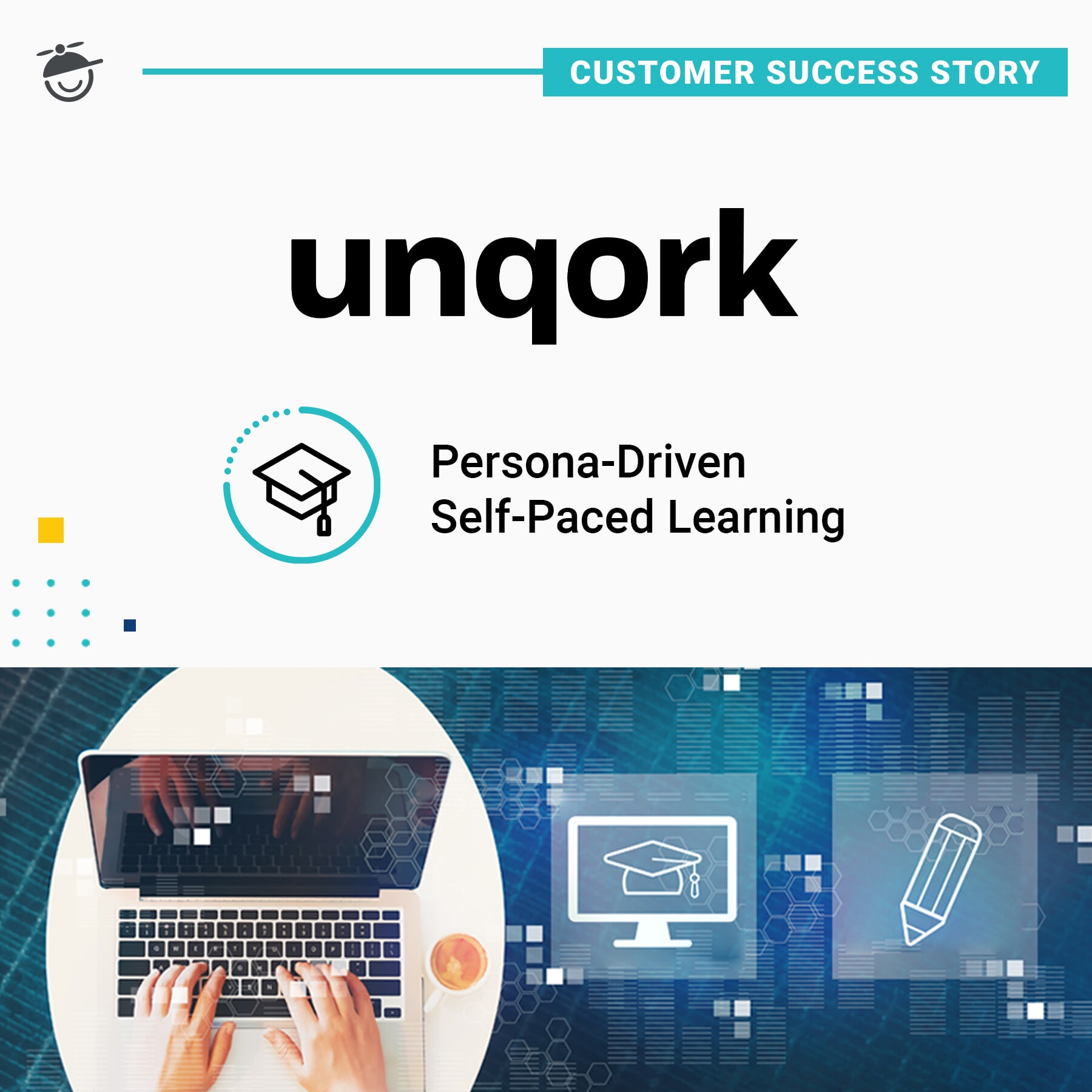Streamlining self-support is an effective and cost-efficient way to grow your business. MadCap Software customer, Cloudistics, delivers a variety of documentation such as a knowledge base, user guides, developer guides, and more, via a modern web portal. Additionally, the company provides its professional services team with installation guides for both hardware and software components of their platform—relying on MadCap Flare to produce all of these deliverables from a single project.
However, it wasn’t always this easy to manage and publish content prior to migrating over to MadCap Flare. As Cloudisitics grew from its startup years, they began searching for authoring and management tools with four primary objectives in mind:
- Create a modern professional documentation portal that is visually appealing regardless of the device used to access it and customized to align with the corporate website.
- Keep pace with agile software development while meeting users’ demands for online and print documentation by replacing Microsoft® Word and Atlassian Confluence® with authoring software for topic-based, single-source publishing.
- Integrate Cloudistics’ documentation efforts with the engineering, help desk, and technical support teams.
- Support the documentation needs of customers worldwide by streamlining translation and localization.
Customizable, Modern Documentation
In its startup years, Cloudistics only produced installation guides, but with the rapid adoption of its private cloud platform came growing customer demand for documentation. User manuals were created with Microsoft® Word making it difficult to reuse content for various deliverables, leaving their team searching for an alternative solution. They first considered Atlassian Confluence®, since it was a platform that the engineering team had already been using.
“Originally, the management team wanted something engineers could access, and Confluence was already in place. But, Confluence output did not look professional enough. Instead, it became more important to have something that reflected a bigger company feel and had a more sophisticated look to match our website.”
RACHEL KOTRABA
Senior Technical Writer | Cloudistics
Cloudistics’ CEO had heard that MadCap Flare was a great tool, so the team decided to evaluate the software. Based on the results of their trial and evaluation of other documentation tools in the market, the company decided to build a documentation portal from scratch using MadCap Flare.
“We wanted modern, online help where we could control the look and feel, and publish quickly since we have an agile software environment,” Kotraba explained. “At the same time, engineers in the field wanted Word docs, and certain customers preferred PDFs. It was also important to integrate with Google search for analytics because our documentation portal, as part of our website, needed to be comparable to a corporate website. MadCap Flare ticked off all those boxes.”
So their journey began!
Integrating Documentation Cross Functionally
Almost a year and a half later, Cloudistics has been utilizing MadCap Flare to provide a modern, responsive HTML5-based web portal for all end-user-level and API documentation. The portal includes online Help, release notes, support articles, and technical briefs, as well as downloadable PDFs of guides and articles—the preferred format for some clients. At the request of the Cloudistics professional services team, the company also delivers installation guides as PDFs and Word documents.
Given the highly technical nature of the Cloudistics private cloud platform, the company puts a priority on integrating its documentation efforts with the technical support and engineering teams.
“We have integrated Flare with Zendesk, our support ticketing system, by adding the Zendesk widget to the portal. Customers can open a ticket or chat with a support team member right from the portal,” Kotraba explains…At the same time, we know our support team has been able to address some of the tickets they get by pointing to the documentation.”
RACHEL KOTRABA
Senior Technical Writer | Cloudistics
Kotraba adds, “We also have integrated Flare with our Git source control to not only follow internal source control guidelines but also to support our documentation review process. This makes it easy for developers to go in, look at the HTML files, and provide feedback.”
Content Delivery for Agile Development
Cloudistics documentation is produced from a single MadCap Flare project that relies on the software’s support for topic-based authoring and single-source publishing. As a result, the Cloudistics team can make updates quickly. Typically, product release information and new feature content are developed every couple of months while adding updates to knowledge base articles occurs weekly.
The topic-based approach with Flare means Cloudistics doesn’t have to revise the entire document when they update something. “I usually make weekly updates, but with Flare, I can publish daily or even hourly. I like that Flare is so flexible I can make updates whenever I need to” Kotraba says.
Expanding Online Help Globally
Additionally, Cloudistics has invested in translation and localization to support their clients around the world. The company has since translated their documentation into Chinese with the help of MadCap Software’s localization guidance.
“Following the MadCap Software localization guide made my life so much easier,’ Kotraba observed. “Based on the guidance it provided, I was able to divide up the required Flare resource files and content files and get them to our translation vendor. And because all the Flare content is in XML and HTML, the vendor was able to complete the translation quickly and easily.”
“MadCap Flare is like a one-stop-shop that gives us the ability to easily and quickly publish and customize content. With Flare, we have a solution we can grow with.”
RACHEL KOTRABA
Senior Technical Writer | Cloudistics
Looking ahead, Cloudistics is also considering translations into a number of other European languages. MadCap Flare has allowed Cloudistics to transform their documentation in various ways, read the full case study here.








